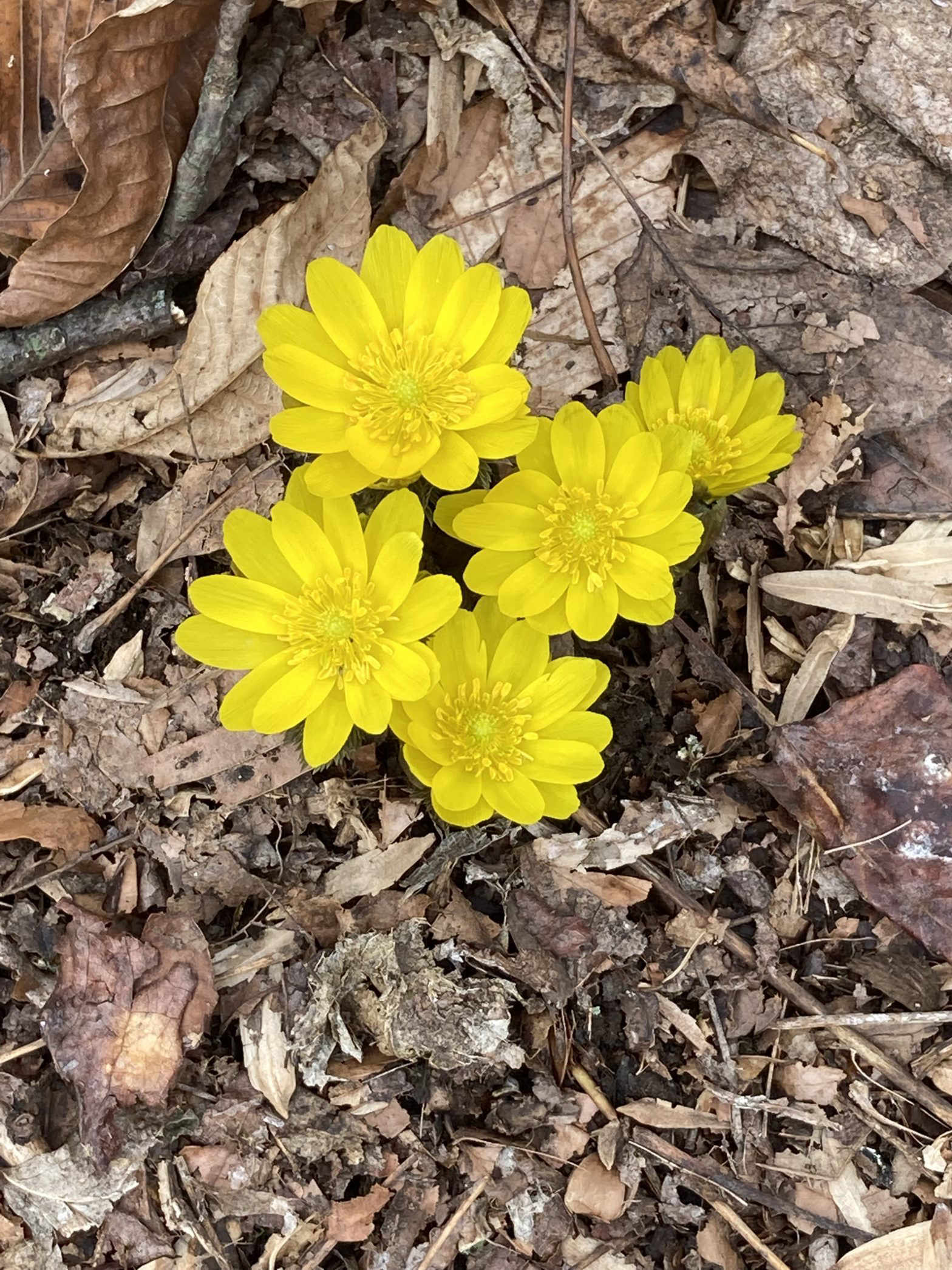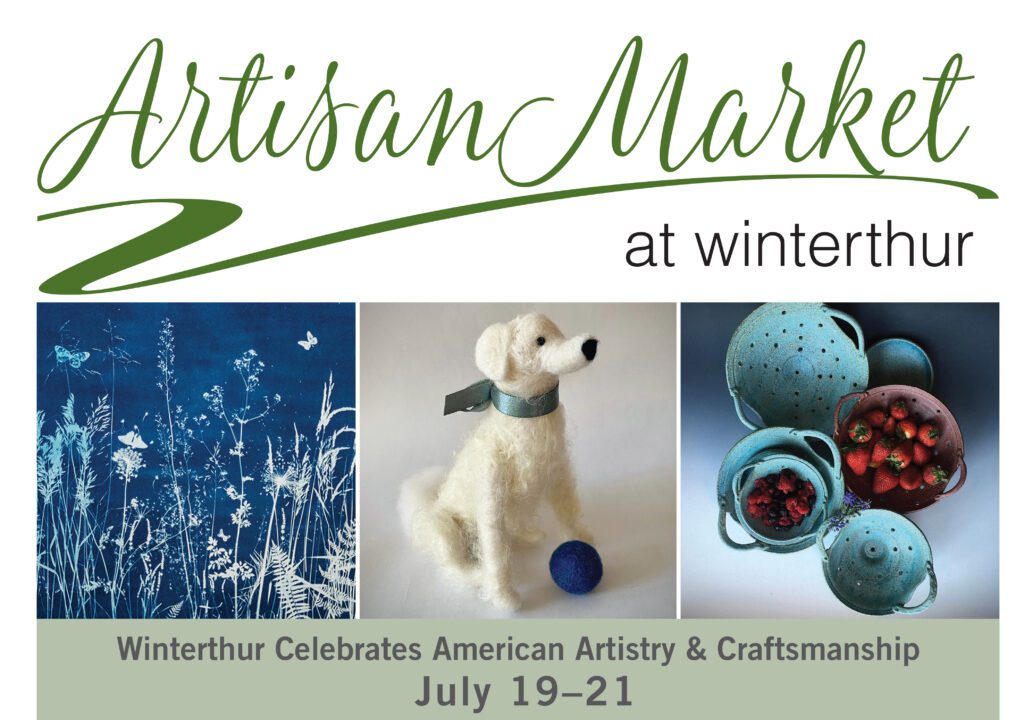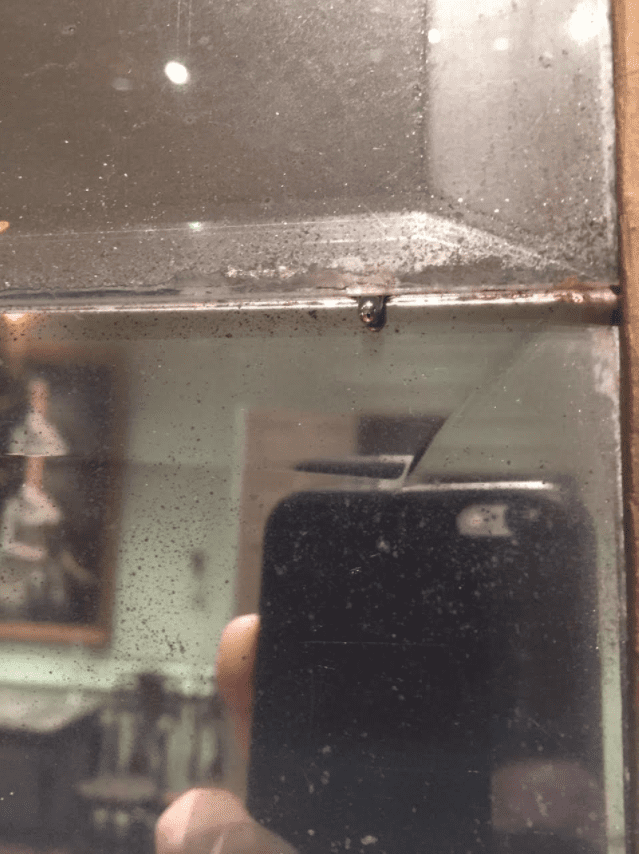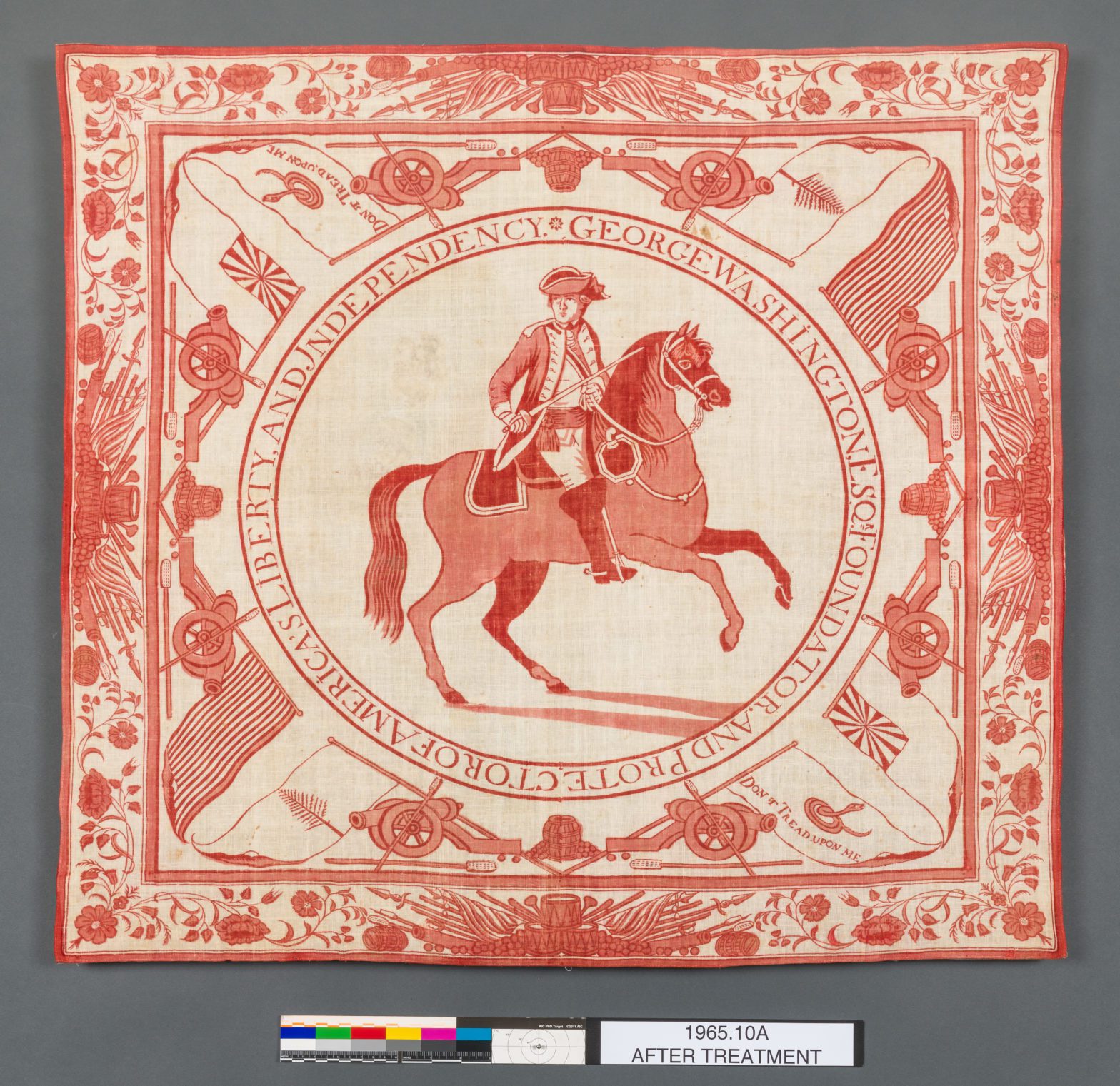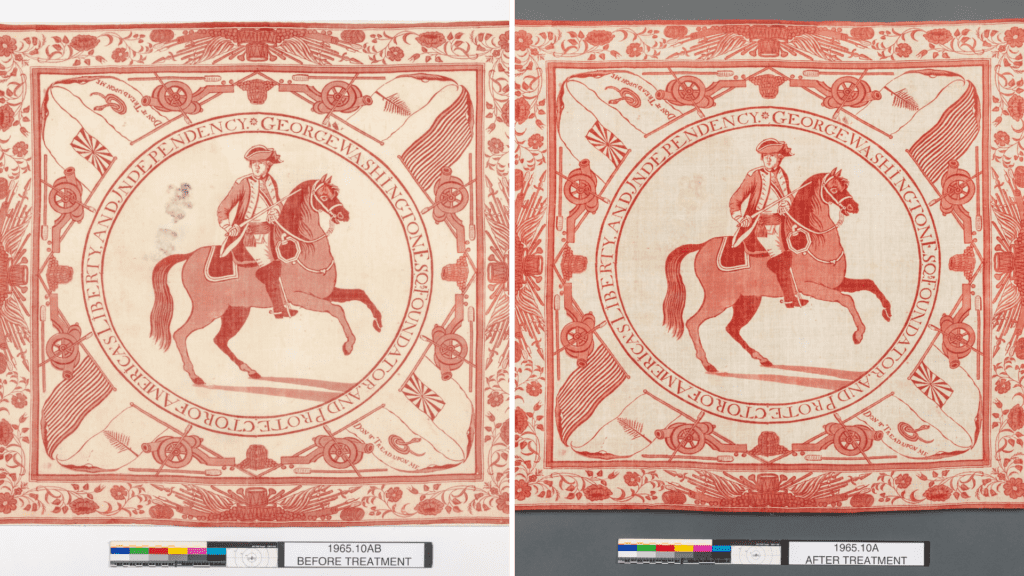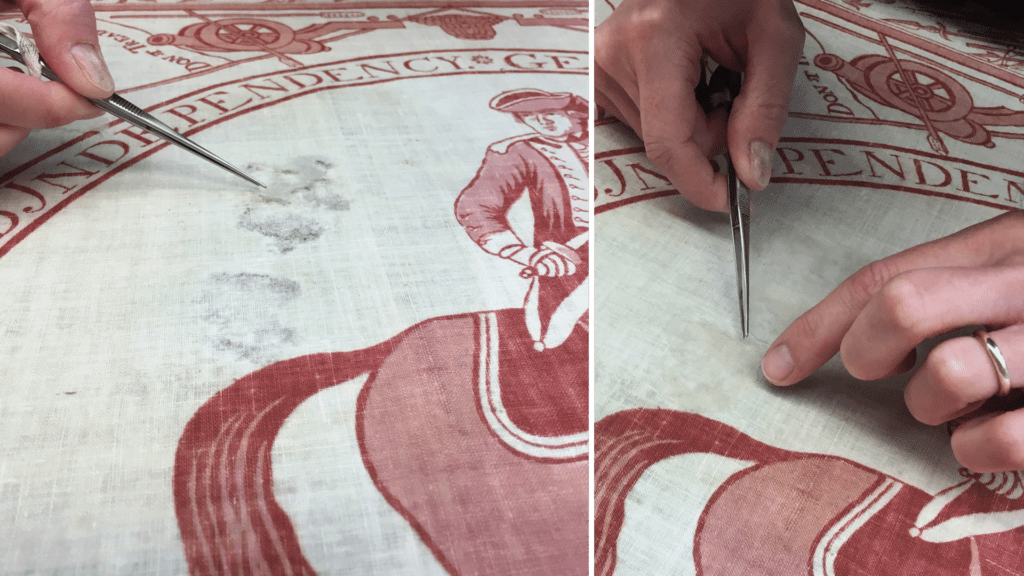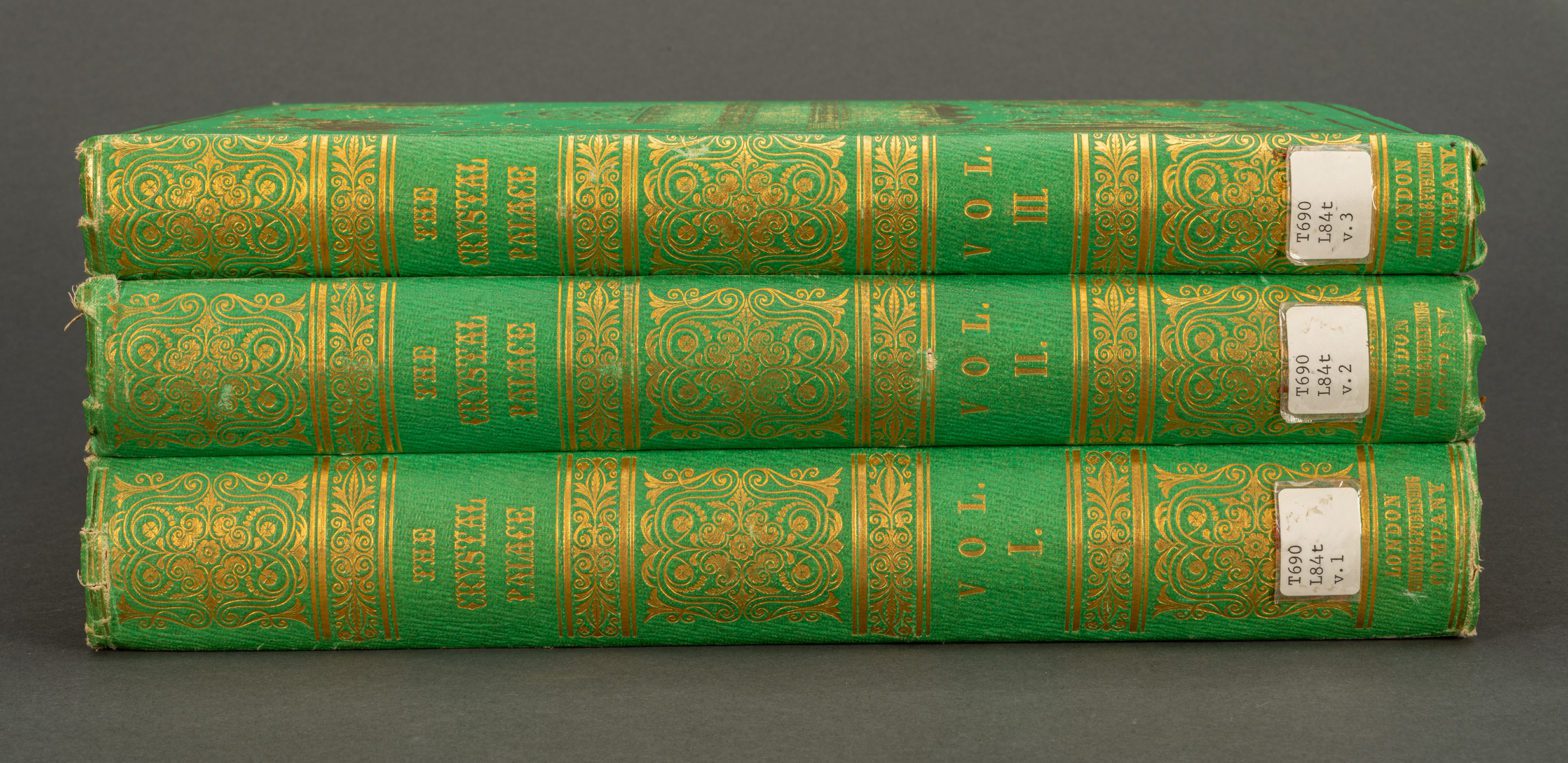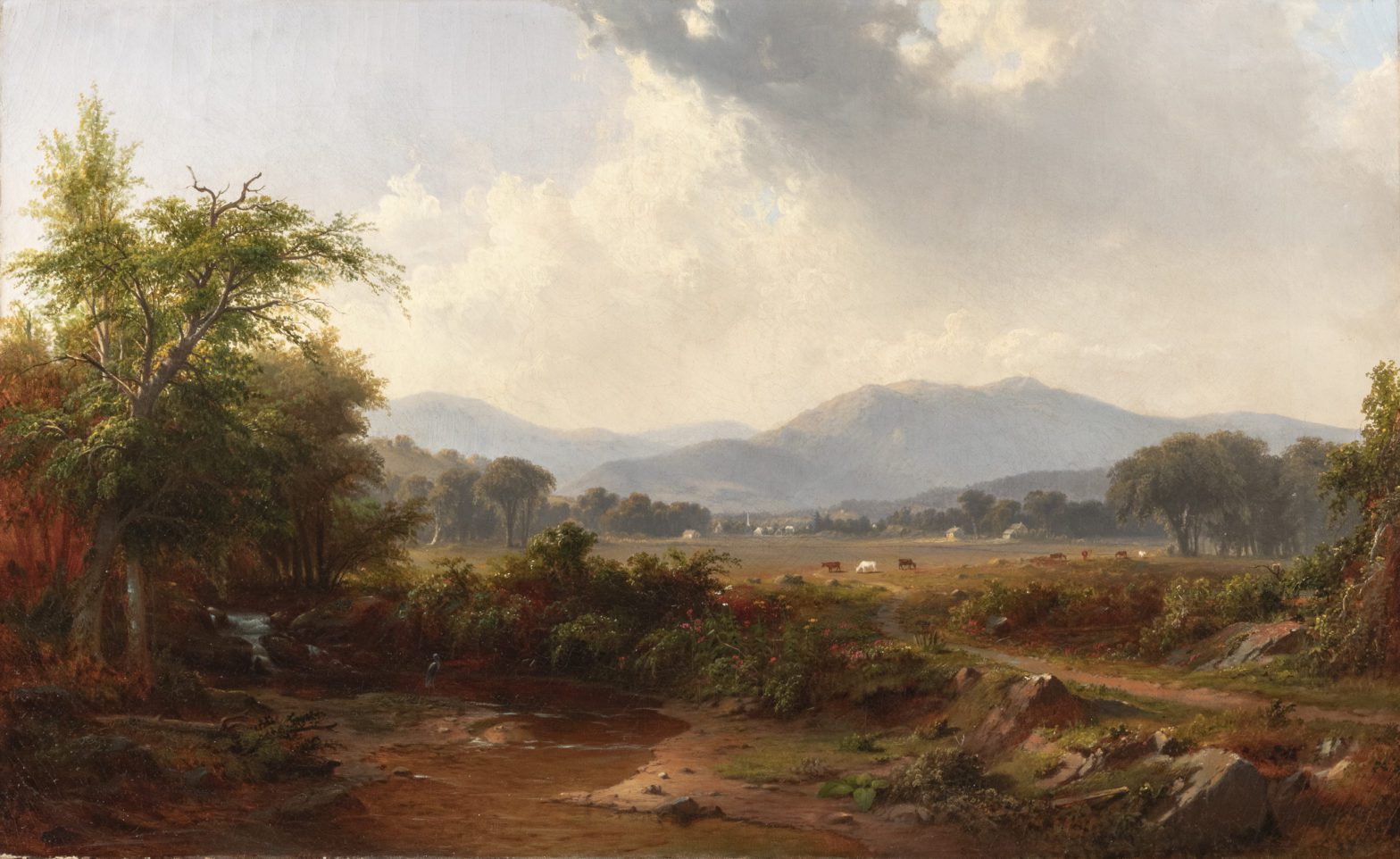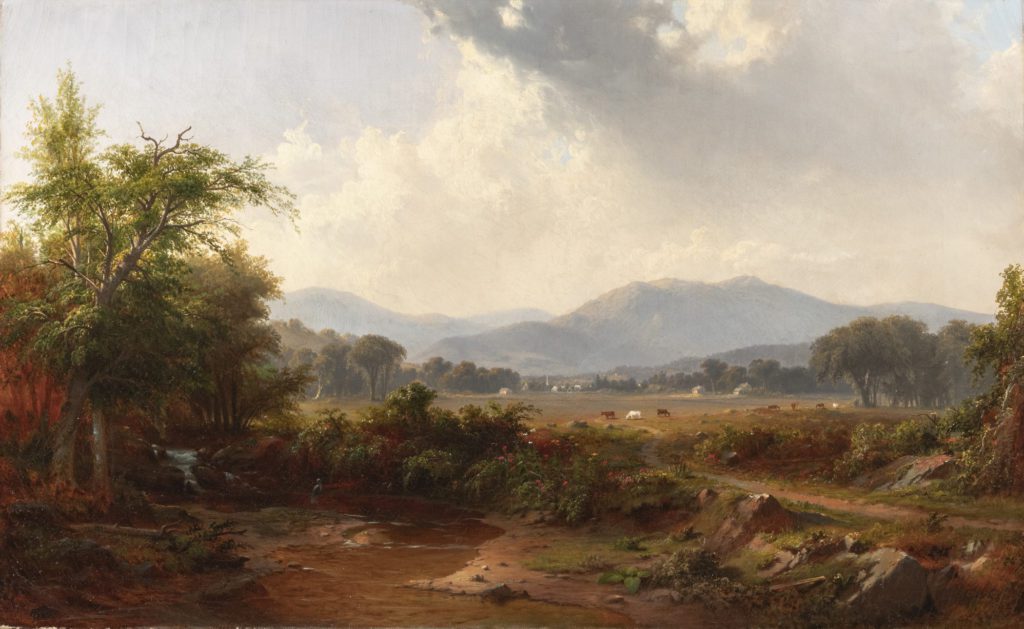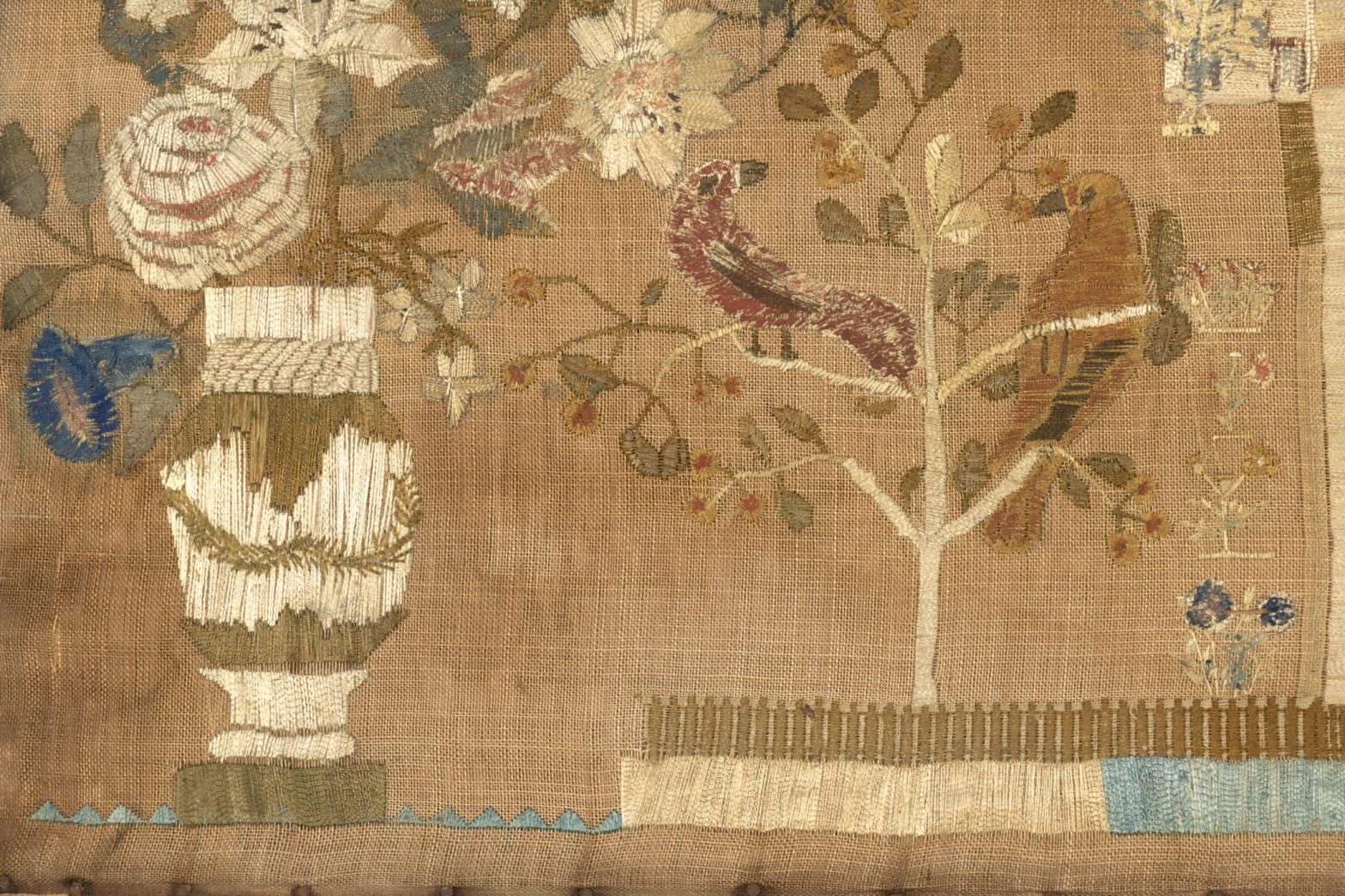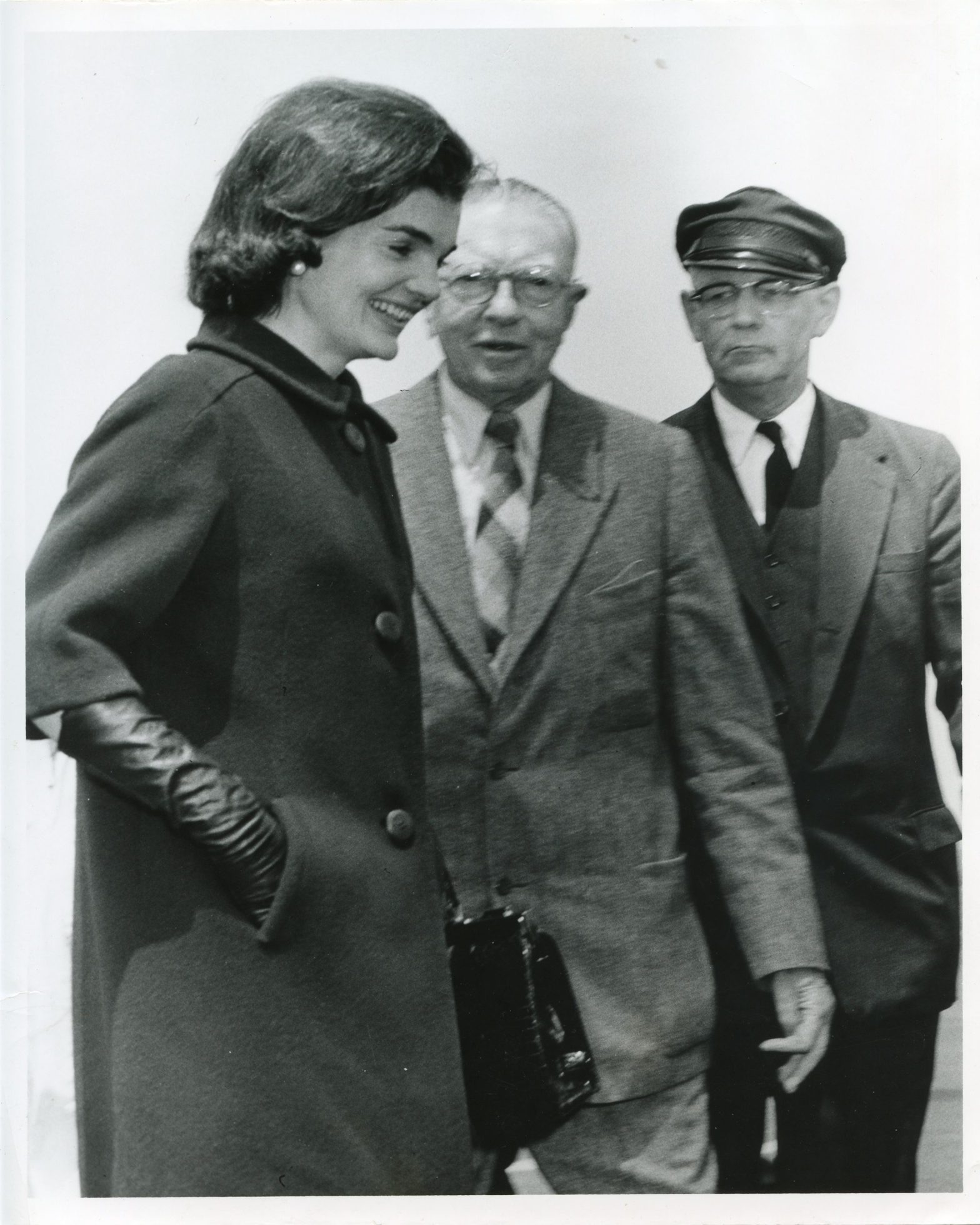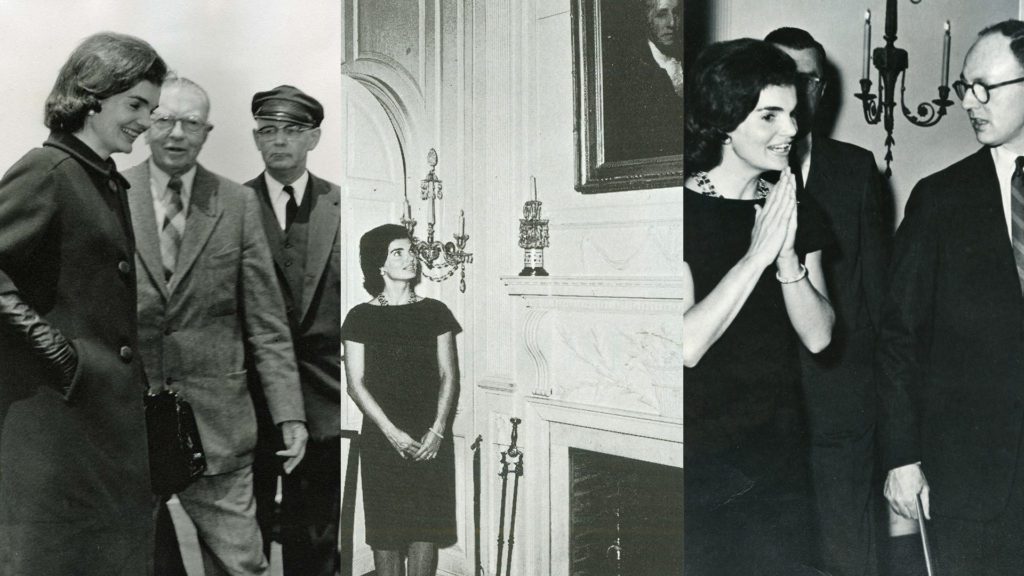Bloom Report #08
February 23, 2022
67 F, Cloudy
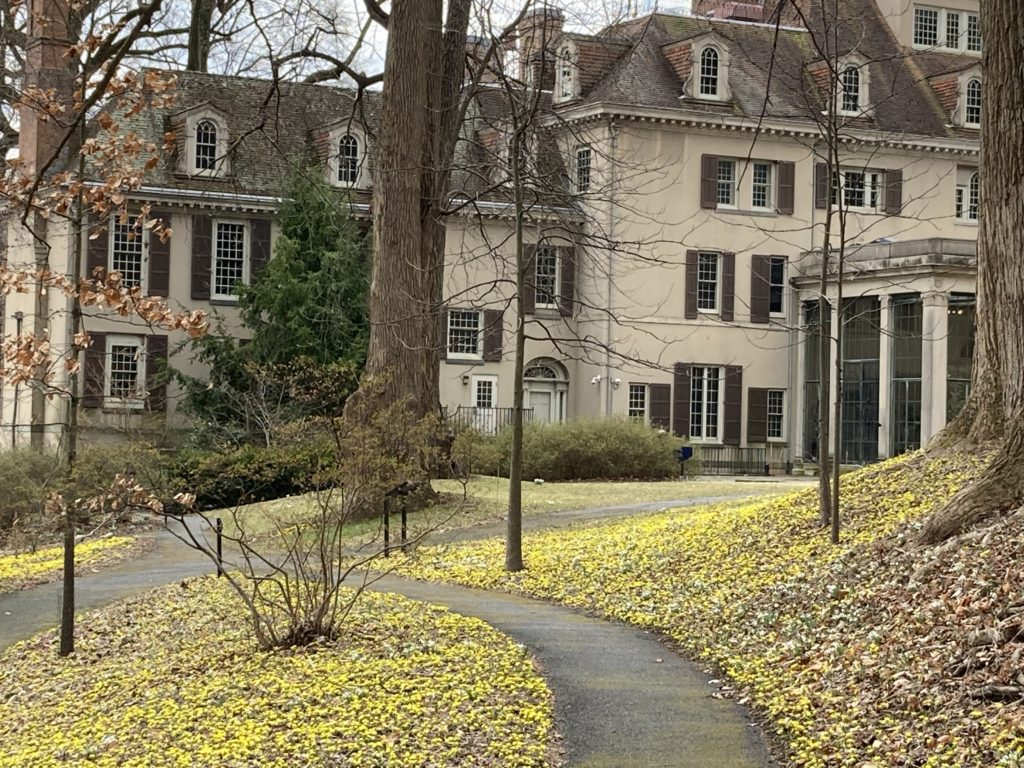
Winter aconites (Eranthis hyemalis)
Check these out:
- Terrific Tapestries of color:
- The early crocus, ‘Tommies’ (Crocus tommasianus) are blooming throughout the gardens and are carpeting the East Upper Terrace of the Museum lawn in lavender and silver.
- The winter aconites (Eranthis hyemalis) are creating a carpet of gold from Garden Lane across the lawn down to the East Upper Terrace of the Museum and also along the March Bank, in Azalea Woods, and along the walk to the Glade and koi ponds, in Enchanted Woods and in many other places in the gardens.
- The yellow winter aconites and golden yellow Amur adonis (Adonis amurensis) merge into the white carpet of snowdrops (Galanthus elwesii & Galanthus nivalis) along the March Bank.
- Snowdrops:
- Snowdrops (Galanthus elwesii & Galanthus nivalis) are blooming throughout the estate, from the great drifts along the March Bank to small clumps and even individual flowers.
- Many varieties of snowdrops (Galanthus varieties) in the collection in the raised beds along the East Museum terrace are in full bloom.
- Witch hazel (Hamamelis species & varieties) are in full bloom in the Visitor Center lawn, in the Gallery lawn along Clenny Run, and on the Clenny Run side of the Museum Store, waving their blossoms that look like clusters of tiny ribbons. They look and smell magnificent!
LAGOONS
ber Celastrus scandens (American bittersweet – yellow husks, orange berries)
PARKING AREA TO VISITOR CENTER
fb Crocus tommasinianus (‘Tommies’ – lavender and silver)
fb Galanthus nivalis (Common snowdrop – white)
fb Galanthus nivalis ‘Flore Pleno’ (Double snowdrop variety – white & green)
fb Galanthus species (Snowdrop – white)
fb Hamamelis mollis ‘February Gold’ (Chinese witch hazel variety – yellow ‘ribbons’)
WALK FROM VISITOR CENTER TO UNDERPASS
fb Eranthis hyemalis (Winter aconite – yellow)
fb Galanthus elwesii (Giant snowdrop – white)
b Galanthus nivalis (Common snowdrop – white)
b Galanthus nivalis ‘Flore Pleno’ (Double snowdrop variety – white & green)
fb Hamamelis vernalis (Vernal witch hazel – rusty gold ‘ribbons’)
fb Hamamelis mollis ‘Pallida’ (Pale Chinese witch hazel – yellow ‘ribbons’)
fb Hamamelis ‘Wisley Supreme’ (Chinese witch hazel variety – yellow ‘ribbons’)
WALK FROM UNDERPASS TO MUSHROOM
fb Eranthis hyemalis (Winter aconite – yellow)
fb Galanthus elwesii (Giant snowdrop – white)
fb Galanthus nivalis (Common snowdrop – white)
b Leucojum vernum (Spring snowflake – white ‘bells’)
SLOPE DOWN TOWARDS MUSEUM
fb,+ Eranthis hyemalis (Winter aconite – yellow)
fb Galanthus elwesii (Giant snowdrop – white)
b Galanthus nivalis (Common snowdrop – white)
PEONY GARDEN
fb Crocus tommasinianus (‘Tommies’ – lavender and silver – along lower end of walkway)
pf Galanthus ‘Faringdon Double’ (Snowdrop variety – white – along walkway at end of Brown Center)
fb Galanthus species (Snowdrop – white)
AZALEA WOODS
fb,+ Eranthis hyemalis (Winter aconite – yellow)
fb Galanthus elwesii (Giant snowdrop – white)
b Galanthus nivalis (Common snowdrop – white)
LOWER AZALEA WOODS
b Eranthis hyemalis (Winter aconite – yellow)
b Galanthus elwesii (Giant snowdrop – white)
UPPER/EAST TERRACE AND STEPS
b Camellia japonica ‘April Remembered’ (Camellia cultivar ‘April Remembered‘ – white to pale pink)
fb,+ Crocus tommasinianus (‘Tommies’ – lavender and silver)
fb Galanthus ‘Alan’s Treat’ (Snowdrop variety – white – 1 flower)
fbb Galanthus ‘Blonde Inge’ (Snowdrop variety – white – 1 bud)
b Galanthus ‘E.A. Bowles’ (Snowdrop variety – white)
fb Galanthus ‘Gloria’ (Snowdrop variety – white – 1 flower)
fb Galanthus ‘Louise Ann Bromley’ (Snowdrop variety – white)
fb Galanthus ‘Madelaine’ (Snowdrop variety – white)
fb Galanthus ‘Phantom’ (Snowdrop variety – white)
pf Galanthus ‘Potter’s Prelude’ (Snowdrop variety – white)
fbb Galanthus ‘Primrose Warburg’ (Snowdrop variety – white)
fb Galanthus ‘Puck’ (Snowdrop variety – double white)
fb Galanthus ‘Starling’ (Snowdrop variety – double white)
fb Galanthus ‘Trymlet’ (Snowdrop variety – white)
fb Galanthus ‘Wasp’ (Snowdrop variety – white)
fb Galanthus ‘Yashmak’ (Snowdrop variety – white)
fb Hamamelis ‘Princeton Gold’ (Witch hazel variety – yellow ‘ribbons’)
fb Jasminum nudiflorum (Winter jasmine – yellow)
b Lonicera fragrantissima (Fragrant honeysuckle – white)
fbb Pieris japonica ‘Dorothy Wycoff’ (Andromeda cultivar – rosy pink buds)
EAST FRONT OF MUSEUM & Around Corner
fb Galanthus ‘Castlegar’ (Snowdrop variety – white)
fb Galanthus ‘Cowhouse Green’ (Snowdrop variety – white)
fb Galanthus elwesii (Giant snowdrop – white – behind Bath House)
fb Galanthus elwesii ‘Green Brush’ (Giant snowdrop variety – white)
fb Galanthus elwesii ‘Grumpy’ (Giant snowdrop variety – white)
fb Galanthus elwesii ‘Natalie Garton’ (Giant snowdrop variety – white)
fb Galanthus elwesii var. monostichtus (Giant snowdrop variety – white)
fb Galanthus ‘Fieldgate Prelude’ (Snowdrop variety – white)
fb Galanthus ‘Fieldgate Superb’ (Snowdrop variety – white)
pb Galanthus ‘Gabriel’ (Snowdrop variety – white)
fb Galanthus ‘Galatea’ (Snowdrop variety – white)
fb Galanthus ‘George Elwes’ (Snowdrop variety – white)
fb Galanthus ‘Imbolc’ (Snowdrop variety – white)
fb Galanthus ‘John Gray’ (Snowdrop variety – white)
fb Galanthus ‘Mrs. Thompson’ (Snowdrop variety – white)
fb Galanthus ‘Mrs. Wrighton’s Double’ (Snowdrop variety – white – 1 flower)
fb Galanthus species (Snowdrop – white – behind Bath House)
fbb Galanthus ‘Spindlestone Surprise’ (Snowdrop variety – white – 1 bud)
fb Galanthus nivalis ‘Elfin’ (Common snowdrop cultivar – white)
fb Galanthus plicatus ‘Diggory’ (Snowdrop variety – white)
fb Galanthus plicatus ‘Percy Picton’ (Snowdrop variety – white)
fb Galanthus samothracus (Aegean snowdrop – white)
fb Helleborus ‘Brandywine’ (Lenten rose varieties – pink, wine, white)
fb Lonicera fragrantissima (Fragrant honeysuckle – white – along Garden Lane across from Bath House)
WALK FROM GLASS CORRIDOR TO REFLECTING POOL
fb Crocus tommasinianus (‘Tommies’ – lavender and silver)
fb Eranthis hyemalis (Winter aconite – yellow)
fb Galanthus elwesii (Giant snowdrop – white)
b Galanthus nivalis (Common snowdrop – white)
WALK FROM FISH PONDS – THE GLADE – TO BRIDGE
fb,+ Eranthis hyemalis (Winter aconite – yellow)
b Galanthus nivalis (Common snowdrop – white)
fb Galanthus nivalis ‘Flore Pleno’ (Double snowdrop variety – white & green)
fb Galanthus species (Snowdrop – white)
b Leucojum vernum (Spring snowflake – white ‘bells’)
MARCH BANK
fb,+ Adonis amurensis (Amur adonis – golden yellow)
fb,+ Eranthis hyemalis (Winter aconite – yellow)
fb,+ Galanthus elwesii (Giant snowdrop – white)
b,+ Galanthus nivalis (Common snowdrop – white)
b Galanthus nivalis ‘Flore Pleno’ (Double snowdrop variety – white & green)
fb Leucojum vernum (Spring snowflake – white ‘bells’)
MAGNOLIA BEND AND WALK ON SOUTH SIDE OF STREAM
fb Eranthis hyemalis (Winter acontie – yellow)
fb Galanthus elwesii (Giant snowdrop – white)
fbb Galanthus nivalis (Common snowdrop – white)
b Leucojum vernum (Spring snowflake – white ‘bells’)
GARDEN LANE
fbb Viburnum farreri (Fragrant viburnum – pale pink to white)
WINTERHAZEL WALK
b Helleborus foetidis (Bear’s foot hellebore – greenish)
fbb Helleborus x hybridus (Lenten rose – pink, white – few flowers)
ICEWELL TERRACE
fb Adonis amurensis (Amur adonis – golden yellow)
fb Eranthis hyemalis (Winter aconite – yellow)
fb Galanthus elwesii (Giant snowdrop – white)
fb Galanthus placatus ‘Trym’ (Snowdrop variety – white)
fb Galanthus plicatus ‘Trymposter’ (Snowdrop variety – white)
fb Galanthus plicatus variety (Snowdrop variety – white)
fb Galanthus species (Snowdrop – white)
b Leucojum vernum (Spring snowflake – white ‘bells’)
PINETUM
fb Eranthis hyemalis (Winter aconite – yellow)
fbb Helleborus x hybridus (Lenten rose – pink, white – few flowers)
ENCHANTED WOODS
fb Eranthis hyemalis (Winter aconite – yellow)
fb Galanthus elwesii (Giant snowdrop – white)
b Galanthus nivalis (Common snowdrop – white)
b Galanthus species (Snowdrop – white)
fb Hamamelis virginiana (American witch hazel – yellow ‘ribbons’)
b Helleborus x hybridus (Lenten rose – dark pink – few flowers)
OAK HILL–East Side
fb Eranthis hyemalis (Winter aconite – yellow)
fb Galanthus elwesii (Giant snowdrop – white)
fb Galanthus nivalis (Common snowdrop – white)
QUARRY, ADJACENT WALKS, AND OUTLET STREAM
b Cornus officinalis (Japanese cornel – yellow)
b Galanthus nivalis (Common snowdrop – white)
b Galanthus species (Snowdrop – white)
fbb Mahonia bealei (Leatherleaf mahonia – green)
fbb Pieris ‘Forest Flame’ (Andromeda variety – dark rosy-pink buds)
b Scilla siberica ‘Spring Beauty’ (Siberian squill – royal blue – 1 plant)
SYCAMORE HILL
ber Cotoneaster salicifolia (Cotoneaster – bright red berries)
fb Galanthus elwesii (Giant snowdrop – white)
fb Galanthus nivalis (Common snowdrop – white)
WEST FRONT OF MUSEUM, COTTAGE, AND CLENNY RUN
fb Chimonanthus praecox ‘Lutea’ (Wintersweet variety – pale yellow)
fb Galanthus elwesii (Giant snowdrop – white)
fb,+ Hamamelis mollis (Chinese witch hazel – yellow ‘ribbons’)
fb Hamamelis x intermedia ‘Sunburst’ (Witch hazel hybrid – yellow ‘ribbons’)
fbb Helleborus x hybridus ‘Pine Knot Select-Our Best’ (Hellebore varieties/Lenten Rose – apricot, pink, pink spotted)
GREENHOUSE AREA
b Galanthus woronowii (Snowdrop – white)
fbb Helleborus x hybridus (Lenten rose – pink)
Bloom Report presented by: Pauline Myers
